THIS IS the second of the economic chapters and sets out a vision to be led by the large state-owned enterprises to develop infrastructure across the country. Various goals are set, including access to electricity, water, public transport and internet broadband. It also considers ways to manage conservation of these resources.
The plan tackles a number of issues that confront infrastructure development, particularly who should pay for it. The vision here is of the private sector and government working together to invest in infrastructure through private-public partnerships (PPP), a model favoured by business.
It also sees regulators as key roleplayers, where their role needs to be to stimulate competition rather than suppress activity. It sets specific objectives, many of them contained in government's special infrastructure programmes, such as massively increasing Durban's container capacity to manage the huge flow of exports envisioned in the plan and building a new coal line to the Waterberg. These projects integrate with increased transport capacity to Durban and increased electricity generation using coal from the Waterberg. The coal line is already being expanded in Lowveld-Mpumalanga, and that was in fact funded through a PPP.
Those and other infrastructure developments are crucial to the country's economic development. At the moment, South Africa cannot export all of the resources produced by mines, for example, because of inadequate rail and port capacity. The NDP says precedence should be given to infrastructure programmes that contribute immediately and practically to greater regional integration.




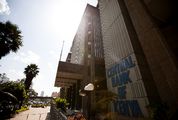
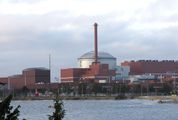


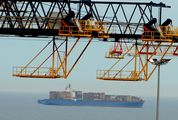
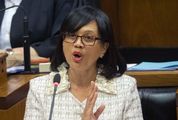





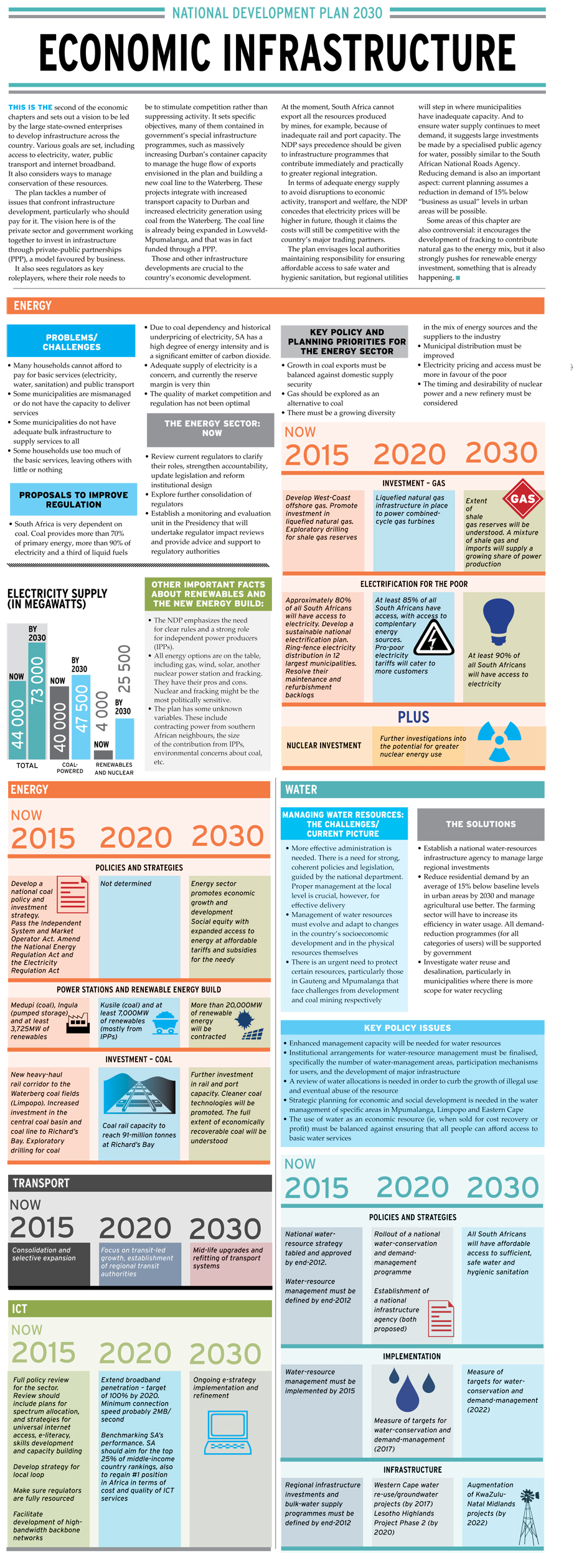




Login OR Join up TO COMMENT